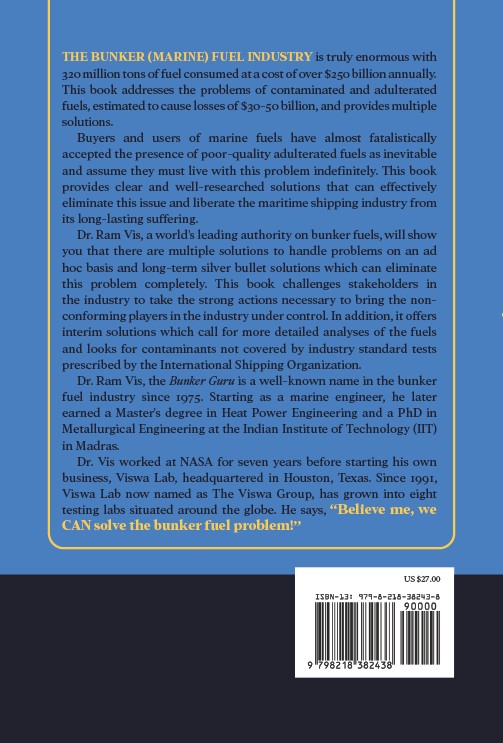- Bulk cargo shortage claims arise when the quantity stated in the Bill of Lading (B/L) differs from the quantity received at the destination.
- Common causes include inaccurate measurements, improper stowage, mishandling, spillage, theft, and moisture-related weight loss.
- Preventive measures involve proper cargo measurement, record-keeping, compliance with regulations, and effective monitoring at all stages.
- A checklist is provided to help shipowners and crew mitigate risks and respond effectively to claims.
BEFORE LOADING
Preparations
- Risk Assessments: Assess cargo type, geographical conditions, and weather risks.
- Planning & Instructions: Obtain detailed stowage and handling instructions from the shipper.
- Letter of Indemnity (LOI): Verify and consult with the Club before accepting LOIs.
- Cargo Hold Cleanliness: Maintain photographic evidence of cleaned holds and bilges.
- Bilge Management: Regularly clean, dry, and properly cover bilge wells.
DURING LOADING
Supervision & Documentation
- Monitor Cargo Operations: Designate a crew member to oversee loading.
- Segregation & Marking: Ensure proper segregation to avoid quantity confusion.
- Sealing & Protection: Close holds during delays to prevent losses.
- Weighbridge Accuracy: Request weighbridge certificates and check calibration.
- Independent Surveyor: Appoint a surveyor for inspection and documentation.
- Draft Surveys: Conduct accurate draft surveys with proper measurements.
- Hold Volume & Stowage Factor: Verify measurements to countercheck cargo amount.
- Bill of Lading (B/L): Accurately state cargo quantity and ensure correct unit measurements.
- Hatch Sealing: Document and verify hatch sealing post-loading.
DURING THE VOYAGE
Cargo Protection Measures
- Moisture Management: Monitor bilge soundings and document bilge discharge.
- Hold Seals Inspection: Regularly check and document seal integrity.
- Ventilation: Follow Dew Point and Three Degree Rules for moisture control.
- Damage Prevention: Record any instances requiring access to cargo holds.
DURING DISCHARGE
Discharge Monitoring & Verification
- Draft Survey: Compare outturn quantity with B/L figures.
- Surveyor Appointment: Verify seal integrity with receiver representatives.
- Photographic Documentation: Record spillage due to rough handling.
- Accurate Port Discharge: Prevent excess unloading at multiple ports.
- Bilge Discharge Reporting: Ensure bilge water discharge is accounted for in survey reports.
NOTIFICATIONS
Handling Shortage Claims
- Immediate Notification: Inform cargo owners and shippers of any discrepancies.
- Letter of Protest (LOP): Issue if loading figures differ from shore figures.
- Loss Mitigation: Take preventive steps and involve surveyors for investigation.
Did you subscribe to our daily Newsletter?
It’s Free Click here to Subscribe!
Source: Britannia P&I Club


















